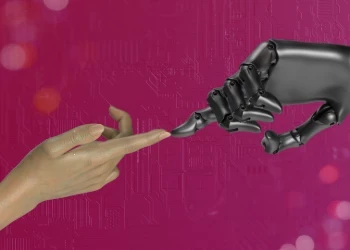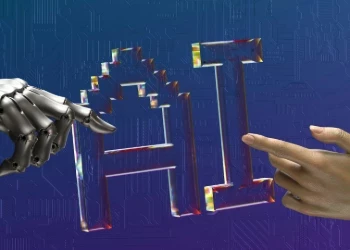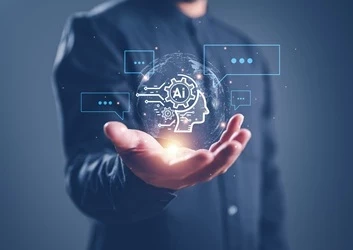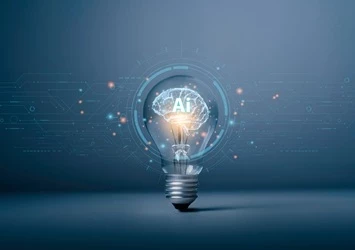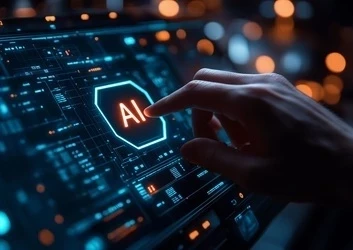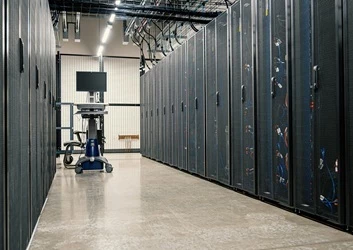What is Machine Learning? A Quick Guide
Add bookmark
Machine learning is a subset of AI that believes that data scientists should give machines data and allow them to learn on their own. ML uses neural networks, algorithms designed to recognize patterns, to calculate the probability of a certain outcome occurring, and “learn” through error and successes using a feedback loop.
Supervised vs. Unsupervised Learning
In supervised learning, the learning algorithm starts with a set of training examples that have already been correctly labeled, learns the correct relationships from these examples and applies these learned associations to new, unlabeled data it is exposed to. In unsupervised learning, the algorithm starts with unlabeled data and is only concerned with inputs, not outputs. In unsupervised learning, the computer teaches itself and uncovers un-anticipated patterns and relationships.
Uses of Machine Learning
Predictive analytics uses statistical techniques to predict future outcomes. Today, predictive analytics extensively uses machine learning for data modeling due to its ability to accurately process vast amounts of data and recognize patterns.
Cognitive Computing is the blanket term used for receiving data, analyzing it, and building actionable insights from that data much like the human brain would. Big Data, cloud computing, and machine learning all fall under cognitive computing.
Machine learning tools
Computational learning theory (COLT) makes predictions based on past data and helps users define useful data while avoiding irrelevant data. This speeds up the machine learning process and decreases the chance for incorrect outputs.
Pattern recognition is a tool used by machine learning to define and refine algorithms. Using computer vision, it receives inputs from the visual world and reacts to them using computer vision.
However, pattern recognition is only viable in the context of machine learning if it can identify patterns quickly, accurately and from several angles or partially concealed.
Cluster analytics, or clustering, is a mechanism of machine learning that groups data sets with similar characteristics together. Used often in cyber security and fraud detection, it can identify potential indicators of misconduct.
Clustering falls under unsupervised learning and can also be used on its own for data distribution insights, such as how certain demographics poll politically.
Metaheuristic Algorithms
Metaheuristic algorithms were developed to cut down on the computational time of an algorithm. While precision is sometimes sacrificed, a general answer computed in a short time frame is sufficient for certain use cases.
Automated machine learning
Automated machine learning incorporates machine learning best practices from top-ranked data scientists to make data science more accessible across the organization. Now, it is no longer necessary for data scientists to create complicated algorithms on a case-by-case basis for the execution of machine learning. Much like how HTML can be coded through simpler block-based tools, increasing its accessibility and usability to the layperson, automated machine learning provides the building blocks of machine learning with model presets.
Reinforcement learning
Where unsupervised learning provides output based on undefined inputs and supervised learning utilizes labeled data sets, reinforcement learning repeats processes, abandoning paths that lead to negative reinforcement, and refines paths that lead to positive reinforcement. In other words, they can practice and experiment toward the goal of a certain outcome, constantly refining and optimizing its technique at a phenomenal speed.
Action model learning
Action model learning is a type of reinforcement learning where previously existing algorithmic models are utilized. Where reinforcement learning runs the race quickly, learning from successes and failures through trial and error, action model learning is more “thoughtful” in that it can reason from new knowledge and predictive analytics, allowing it to take educated shortcuts to the finish line.













